The snare drum is a staple in most music productions, setting the rhythm and driving the beat. But depending on the genre, the way we want that snare to sound can vary dramatically. From the sharp crack in rock tracks to the weighty punch in hip-hop beats, EQ is the tool that shapes that sound. In this guide, we’ll break down how to EQ your snare for various musical styles, ensuring it always hits just the right note in your mix.

The Basics of EQing a Snare Drum
Every snare has its unique timbre, but they typically share a common frequency range. To EQ a snare effectively, one should understand its primary components:
Attack, Body, and Rattle
- Attack: This is the initial transient, the 'snap' or 'crack' of the snare. It generally lies in the higher frequency range (around 3kHz to 5kHz).
- Body: The thick, meaty tone of the snare drum. This can be found in the mid-range frequencies (around 100Hz to 250Hz).
- Rattle: The sound produced by the snare wires at the bottom of the drum. It can be emphasized or de-emphasized based on personal preference, typically found in the higher frequencies (above 5kHz).

Differences in EQing Snare Drum vs. Other Drums
Every drum in a kit has its unique sonic fingerprint, and the EQ techniques applied to one may not necessarily suit another. Here’s why the snare stands out:
Unique Sonic Character
- Brightness: The snare often has a brighter tonality compared to deeper sounding drums like the kick or toms.
- Versatility: From tight, dry snaps to broad, resonating hits, the snare can exhibit a wide range of tones based on how it's struck.
EQ Approach Differences
- Scoop vs Boost: While you might scoop out the mids on a kick to give it that 'modern' sound, doing the same on a snare might rob it of its essential character.
- Transient shaping: The snare’s attack can be more sensitive to EQ changes than other drums, given its sharper transient.
Approaches to EQing a Snare Drum Across Different Genres
Each genre of music has its own aesthetic, and the snare drum should be sculpted to fit the mix that it is in.
Rock and Pop
Rock and Pop music demand a snare that stands out, yet melds perfectly with guitars and vocals:
- Emphasize the Crack: Boosting around 3kHz to 4kHz can help the snare cut through a dense mix.
- Body Balance: A slight boost around 200Hz can add warmth without making it sound too boomy.
Hip-Hop and R&B
In these genres, the snare often takes a more central role in the rhythm:
- Thick and Punchy: Boosting the low-mid frequencies (around 150Hz) can give the snare that desired weight.
- Crispness: To make sure the snare doesn't get lost, a slight boost in the higher frequencies (around 6kHz) can add clarity.

Jazz and Acoustic
In more acoustic-oriented genres like jazz, the snare is often treated with a lighter touch, prioritizing its natural tone:
- Natural Resonance: Instead of sharp boosts, gentle shaping around the mid frequencies (150Hz to 300Hz) can enhance the drum's inherent warmth.
- Sizzle and High-end: Emphasizing the rattle and sizzle without making it harsh is crucial. A subtle boost around 7kHz can achieve this.
Electronic and EDM
In electronic music genres, the snare often needs to cut through synthesized sounds and processed instruments:
- Layering: Given the prevalence of synthesized and sampled sounds, layering snares with different EQ curves can create a full and unique snare sound.
- Sculpting for the Mix: EDM tracks can be dense, so carving out a niche for the snare by cutting frequencies where other elements dominate can help it stand out. Boosts around 4kHz can give it presence, while managing the low-mids ensures it doesn't clash with bass elements.
General EQ Tips for a Polished Snare Sound
Regardless of genre, some general principles can help in achieving a polished snare sound:
- Notch Out Problem Frequencies: Using a narrow Q, sweep around to find any ringing or unwanted resonances, especially between 400Hz to 1kHz.
- Listen in Context: Always EQ with the whole mix playing. The snare might sound different in isolation than when all instruments are playing.
- Avoid Over-EQing: Subtlety is key. Extreme boosts or cuts can make the snare sound unnatural or out of place.
Conclusion
EQing a snare drum is as much about understanding the nuances of the drum itself as it is about fitting it into a broader musical context. Each genre has its expectations and aesthetic, but the foundational principles of EQ remain. By being attentive to the snare's unique characteristics and being genre-sensitive in your approach, you can craft a snare sound that not only stands out but also harmonizes with the entirety of your mix.
Remember, while these guidelines provide a starting point, the best results often come from experimentation. Trust your ears, and don't be afraid to break the rules once in a while. After all, some of the most iconic snare sounds in music history were the result of daring to be different!

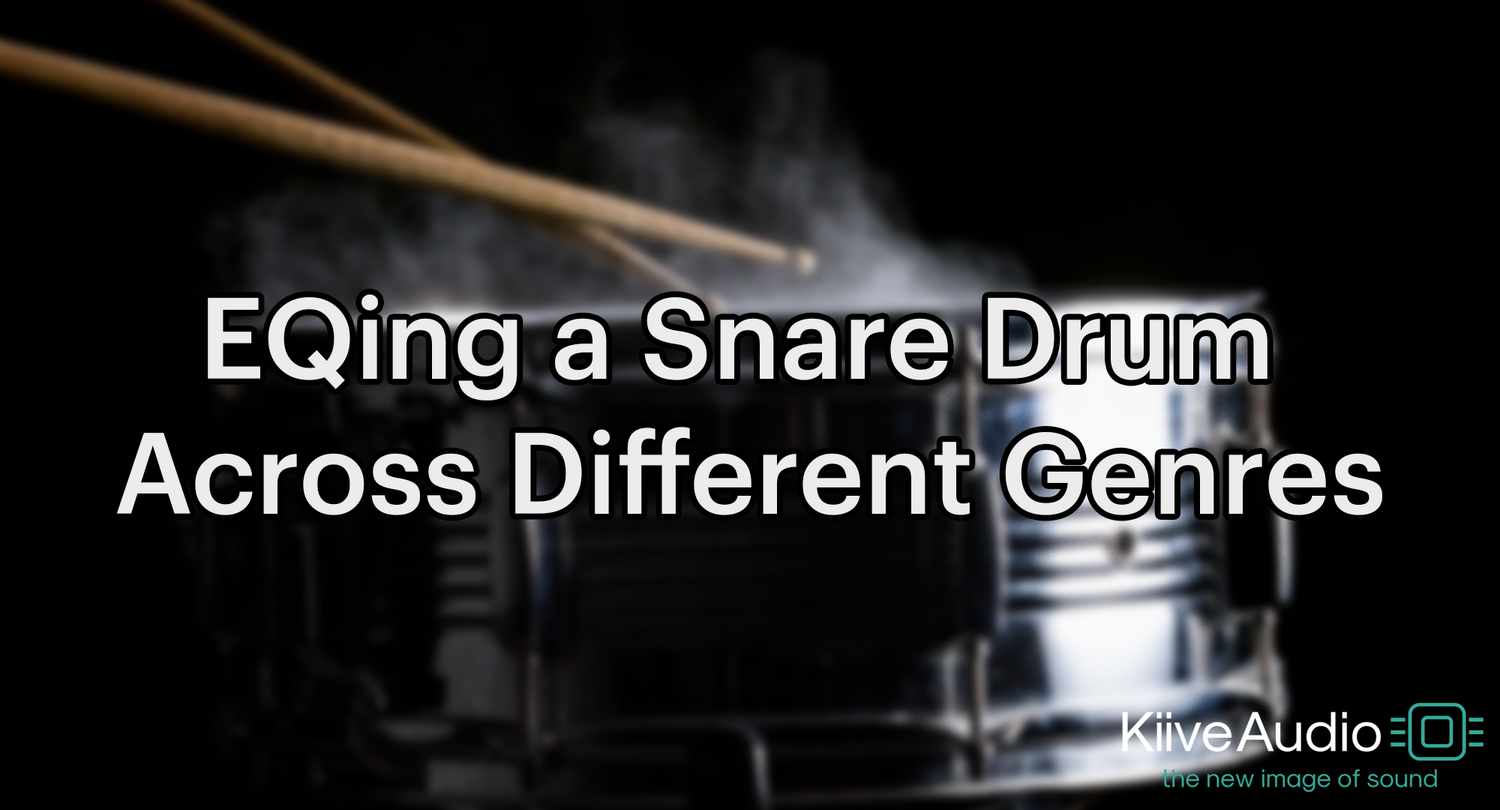
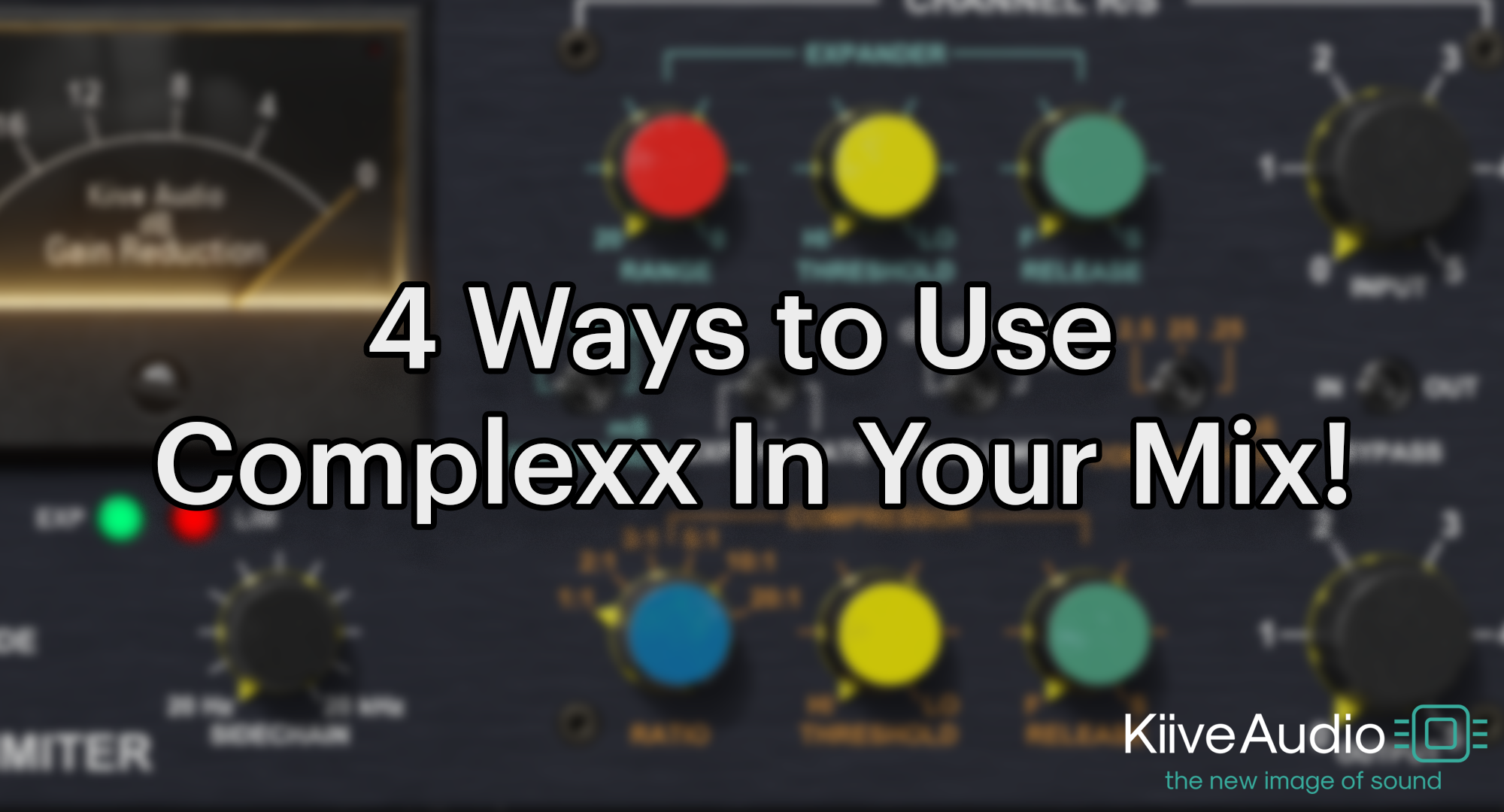
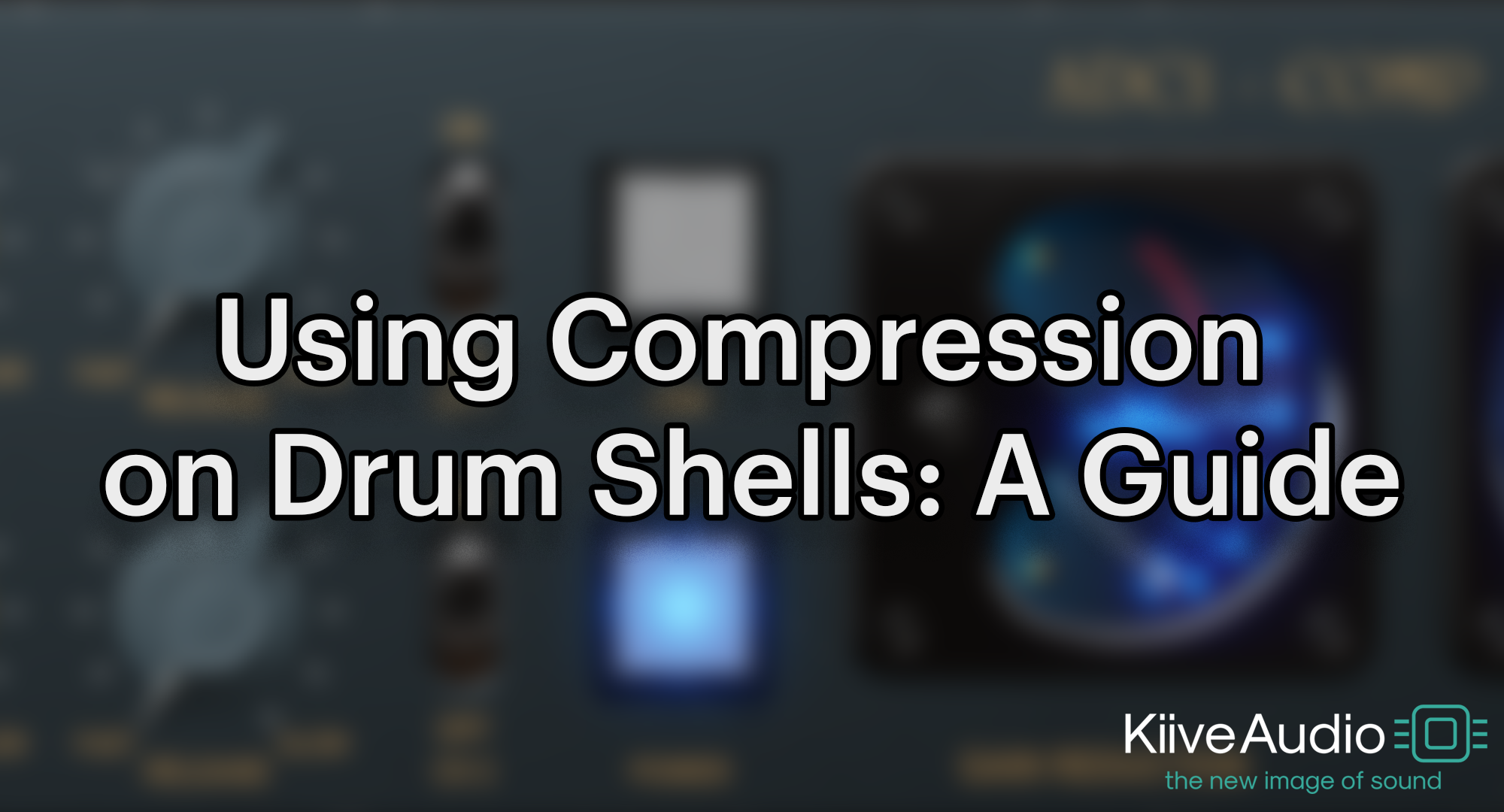
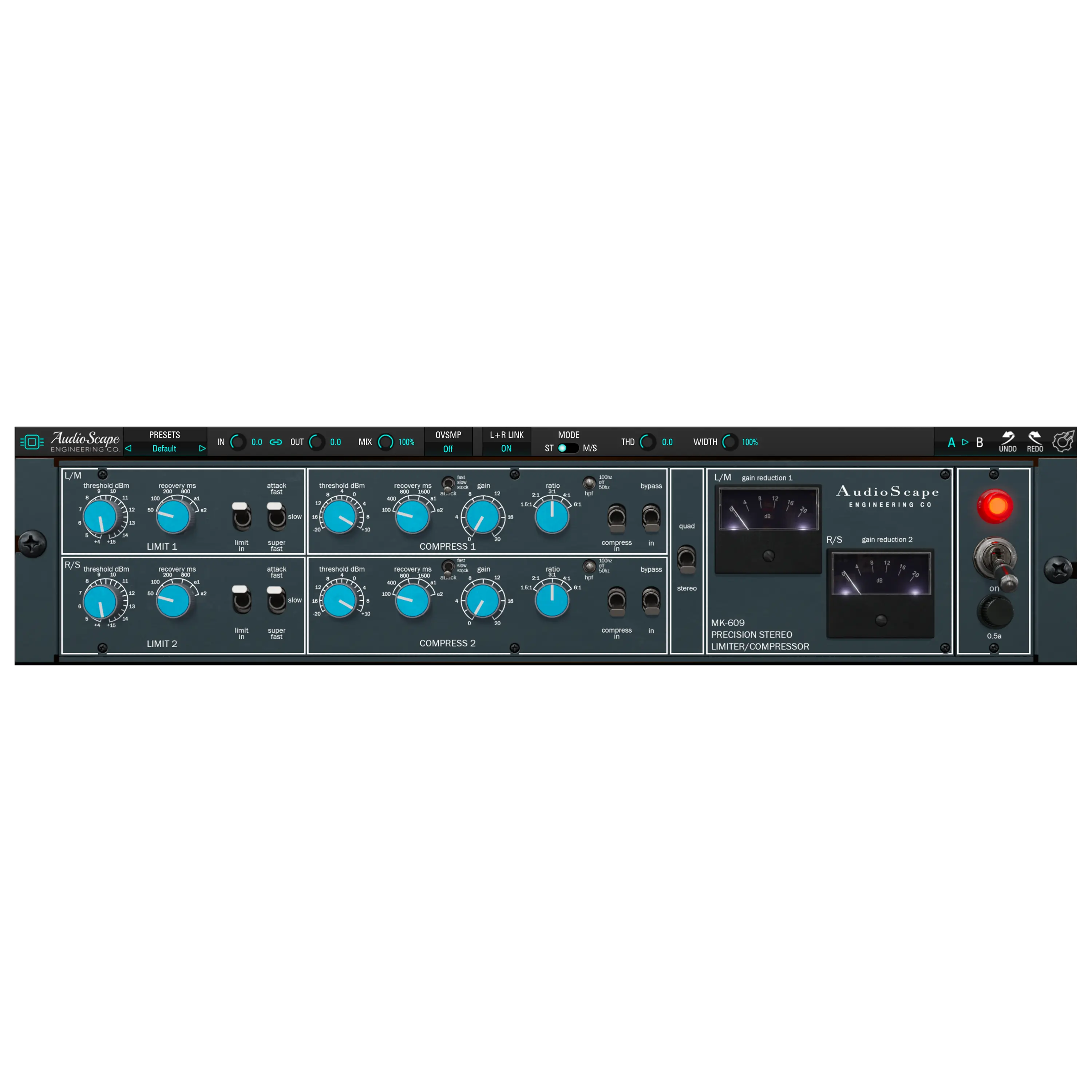
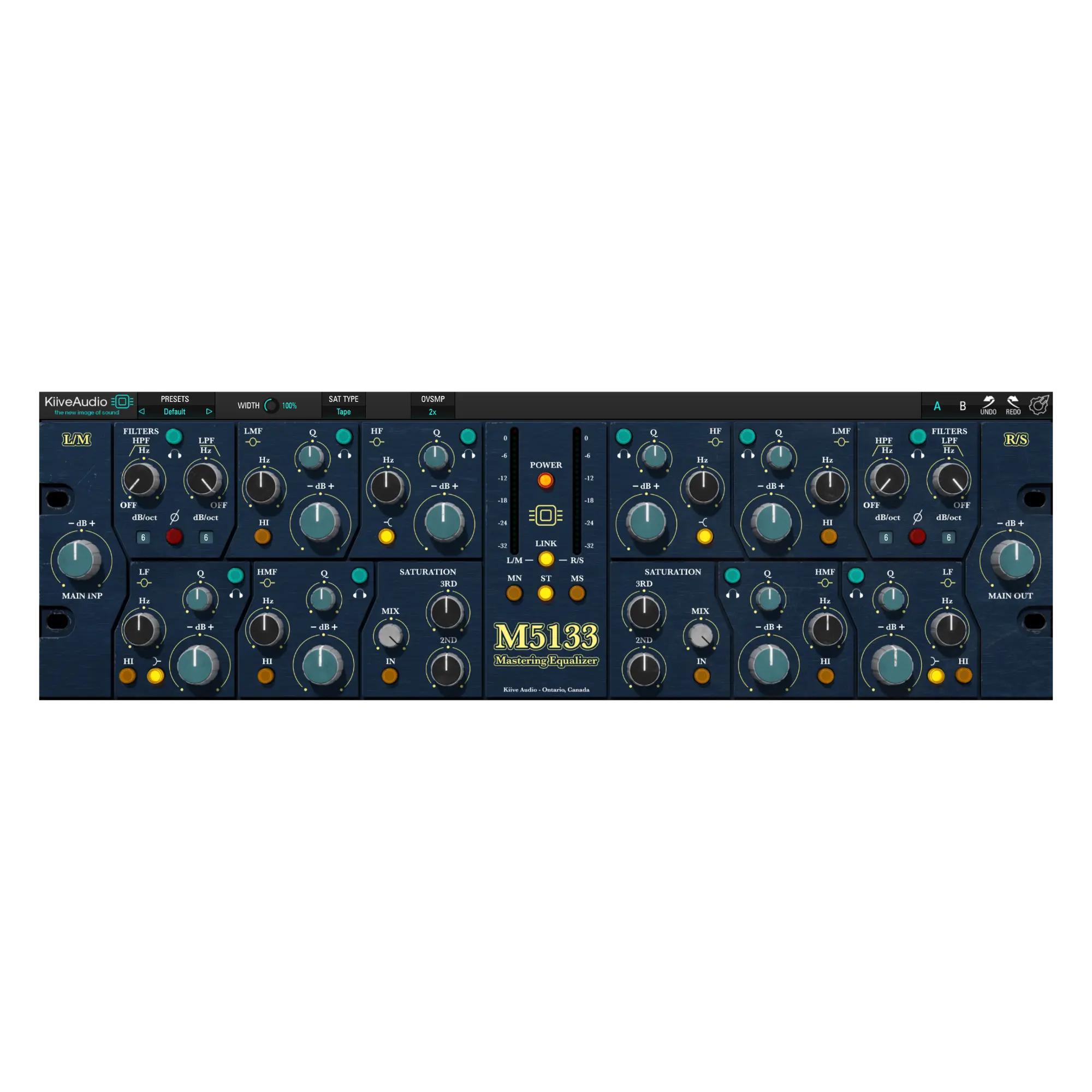
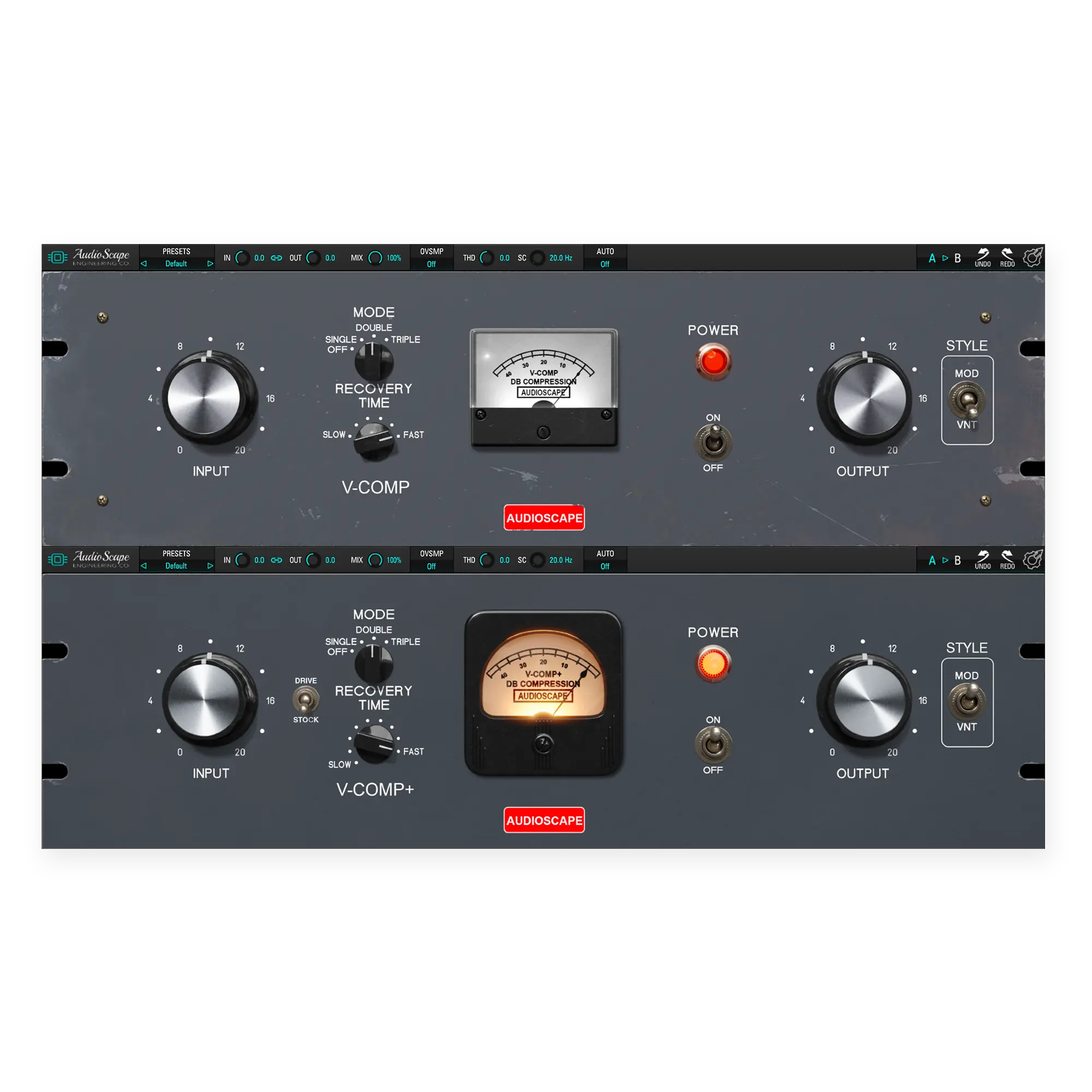
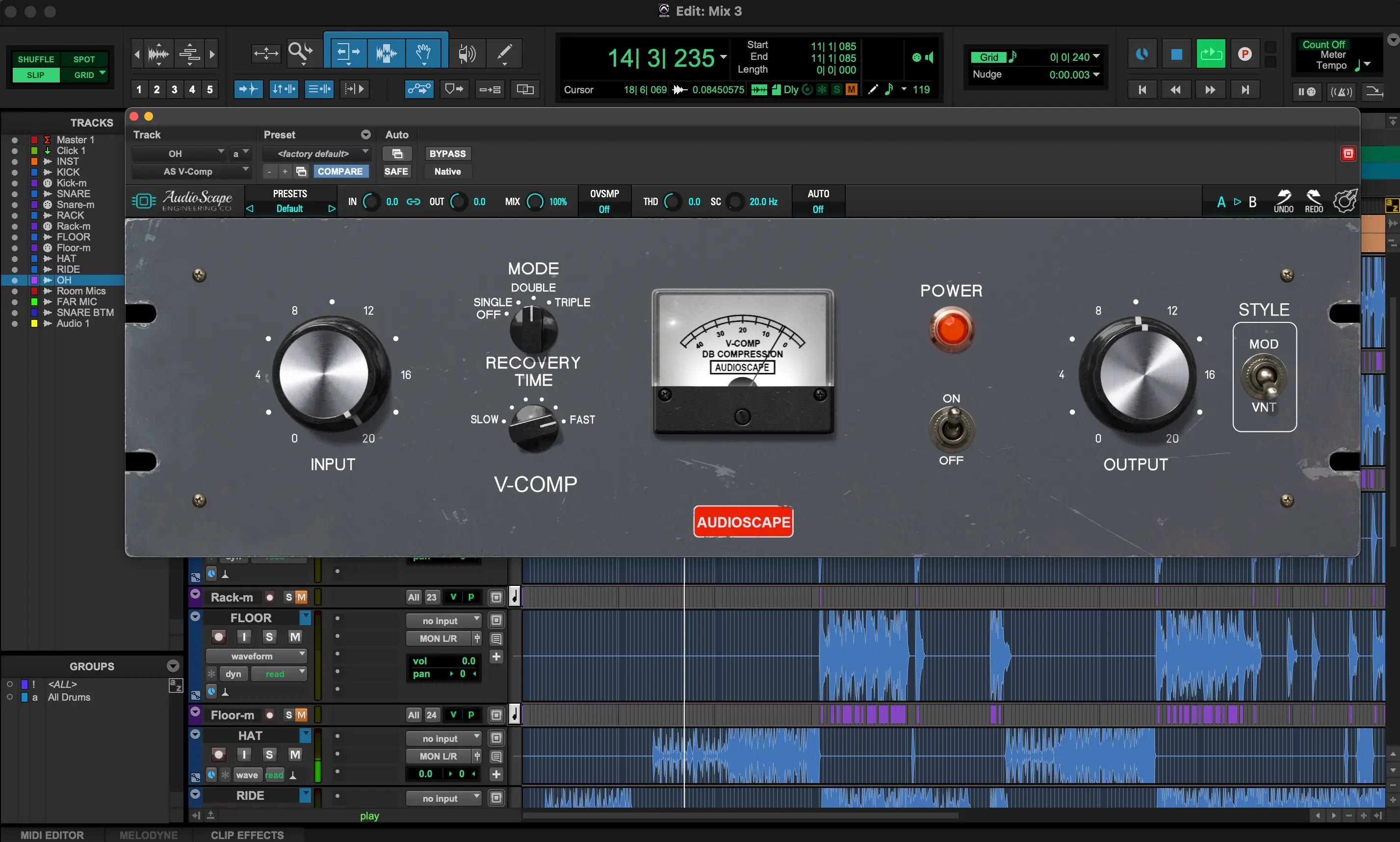
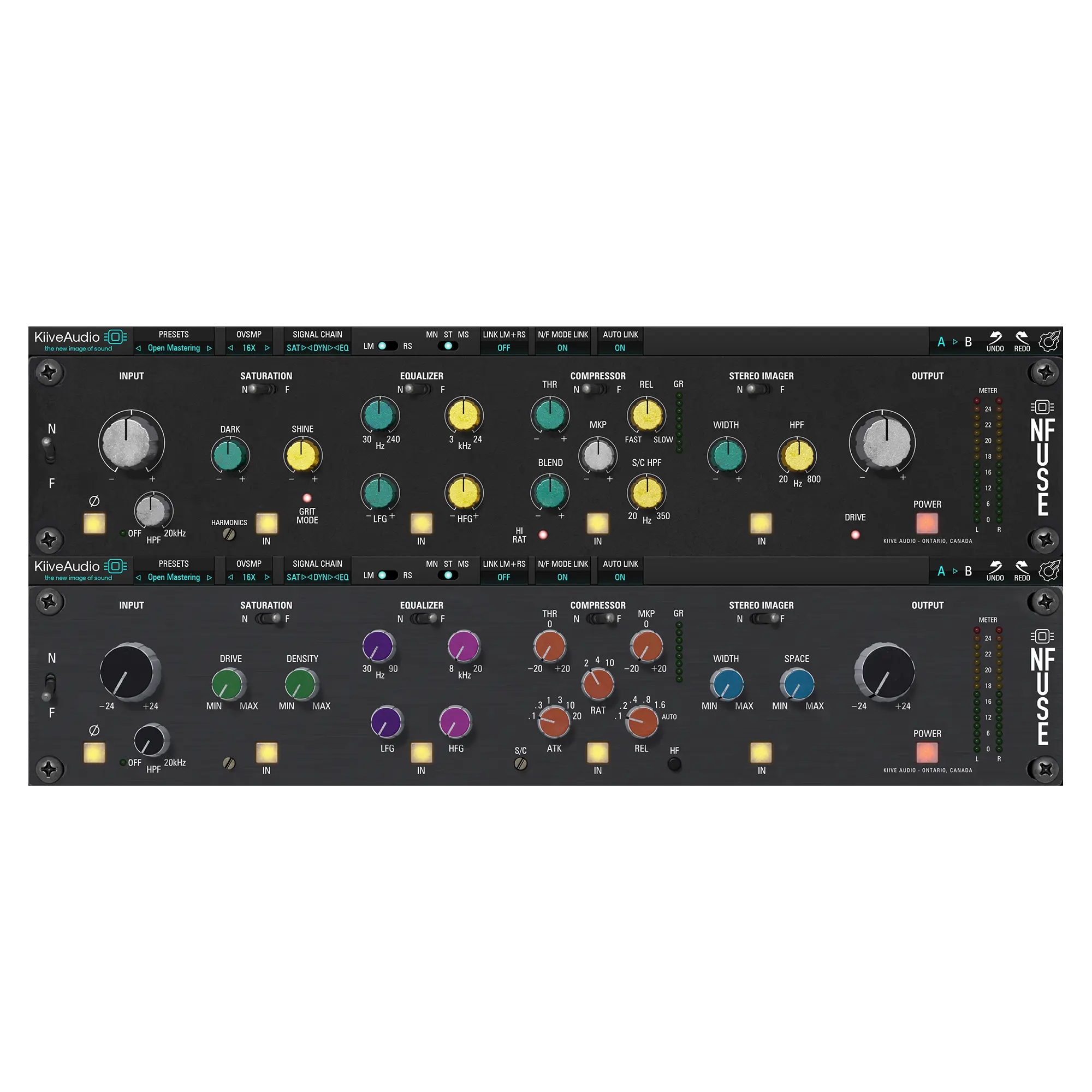
Leave a comment
All comments are moderated before being published.
This site is protected by hCaptcha and the hCaptcha Privacy Policy and Terms of Service apply.